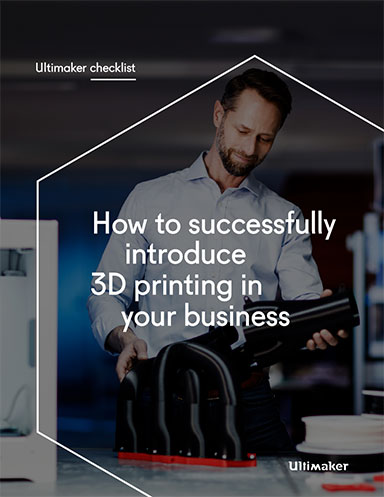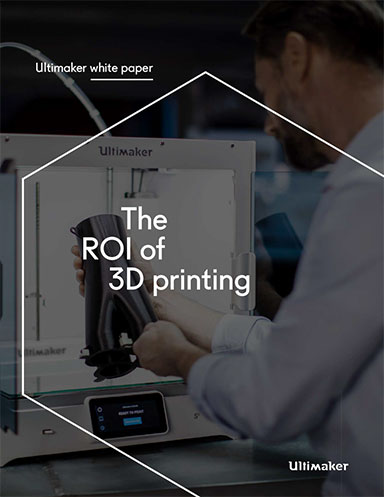Materials Madness: AM Gains Traction for Production Applications
New high-performance materials are improving ROI and expanding the business case for 3D printing production-class applications.
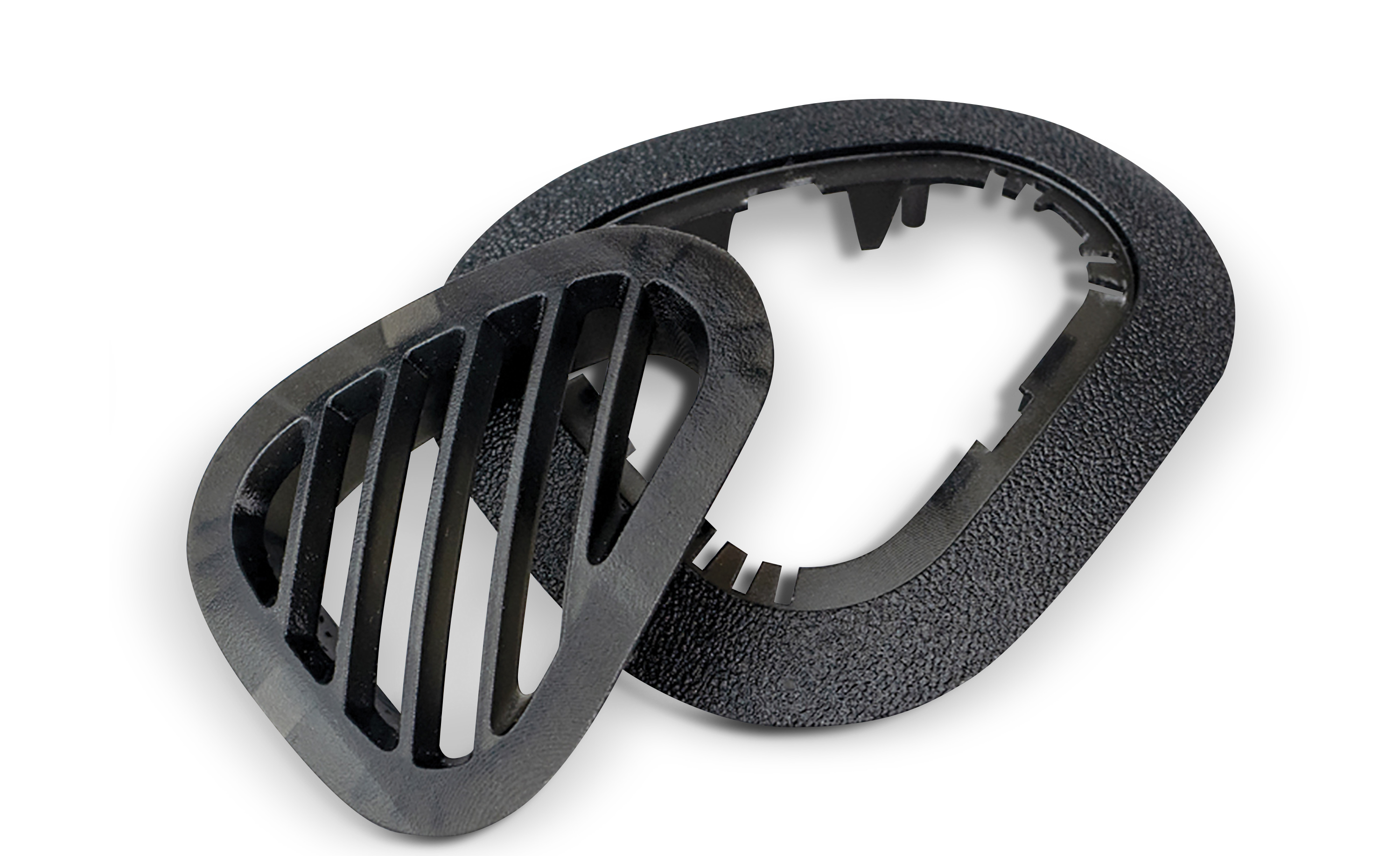
Figure 4 PRO-BLK 10 is 3D Systems’ first photopolymer for AM that exhibits thermoplastic behaviors. Image Courtesy of 3D Systems
Latest News
October 17, 2019
There’s plenty of interest in deploying additive manufacturing (AM) technologies for production applications, yet a number of factors, including cost, complexity, and a scarcity of industrial-grade materials, has stymied companies’ efforts to make a serious transition to the new model.
The tide is starting to turn thanks to a spate of new industrial-grade AM technologies and more recently, a wave of new advanced material choices that are making it easier and more affordable for companies to 3D print production-grade parts. New high-performance materials tuned to withstand harsh environments and that exhibit properties on par with injection molded parts are giving engineering organizations more flexibility to incorporate 3D printing into their manufacturing roadmaps.
The continued expansion of the physical properties supported by 3D printing, coupled with advancements in hardware and materials that support higher speeds and increased productivity, are making it possible for AM technologies to finally gain traction for a wider range of production-class applications, according to Ed Hortelano, vice president, Materials R&D, at 3D Systems. “To expand the application of 3D printing beyond prototyping, the parts produced can’t be brittle or change dimensions over time they are in use. Combining the increased property space with improved stability yields more materials that meet end-use requirements.”
In the last few months, AM leaders 3D Systems, MakerBot, and Markforged, among others, have released important new additions to their 3D printing materials portfolios. Here is a look at some of the latest options:
Industrial-Grade Performance
It’s one thing for a 3D printed prototype to have rough surfaces or be prone to breakage or deformation, but those areas of weakness are not going to cut it for a production-class part. The lack of robust materials choices have kept many manufacturers from using AM technologies for production, but 3D Systems is looking to change that dynamic with its latest advanced photopolymer offering.
The company’s Figure 4 Production Black 10 (PRO-BLK-10) is the firm’s first photopolymer for AM that exhibits thermoplastic behaviors, allowing for a combination of speed, accuracy, strength, and durability that was previously associated with injection molded processes, officials say. In addition, the new material works with a simple isopropyl alcohol (IPA) wash, eliminating the need for a secondary thermal post-curing process. This innovation helps improve throughput yield while significantly reducing the extensive post-processing solvent cleaning cycles associated with other, similar technologies, they say.
The addition of PRO-BLK-10 to the 3D Systems materials lineup addresses both productivity and final part quality concerns. The new Figure 4 materials produces parts that come out of the printer with very good surface finish, and the post-curing cycle is 90 minutes in a UV oven. “Without the requirement for thermal post-cure to achieve final properties, our material achieves its final properties more quickly and without the chance for distortion or loss of fine features,” says 3D Systems’ Hortelano. “Further, having a material that can deliver parts with high accuracy reduces scrap parts. Finally, parts produced with this material have a heat deflection temperature of 70 C and have demonstrated good stability in indoor as well as some outdoor testing.”
Mimicking thermoplastic behaviors is another important aspect of this new material. Engineers using injection molded processes have a vast amount of embedded knowledge for how to design parts with thermoplastic materials—they know what works and what doesn’t, Hortelano explains. “By creating thermosetting materials that behave a little more like thermoplastics, we help these materials be a better fit for the expectations of the specifying engineers,” he says. In addition, thermoplastic behavior means the part will not fail suddenly, allowing Figure 4 PRO-BLK-10 to support parts with long-term environmental stability.
Harsh Environments
The ability to produce parts that have a long shelf life in harsh, industrial-grade environments can be a key requirement for AM offerings to be seriously considered for production-grade output. Inconel is one such material, although it’s been traditionally expensive and difficult to work with. Markforged, an upstart provider of metal and carbon fiber 3D printers, has taken on the challenge of putting Inconel in reach for mainstream AM production applications with the Inconel 625, a variant now available for its Metal X system.
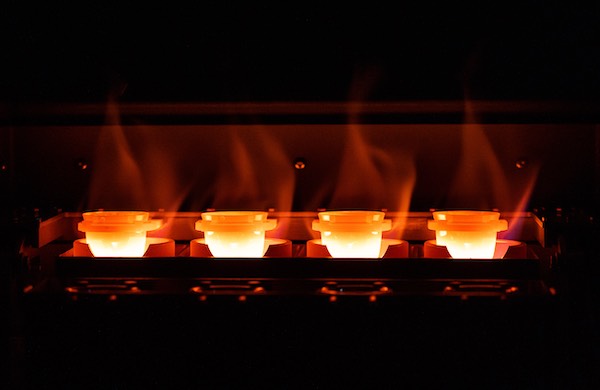
Markforged opens the door to new applications for Inconel, a high-performance material that was previously hard to work with and expensive. Image courtesy of Markforged.
This variation of Inconel is highly resistant to corrosion and high temperatures making it well suited for applications that require exposure to harsh environments like those prevalent in chemical processing, offshore, and aerospace industries. Because Inconel has been hard to work with and is associated with a high price tag, manufacturers would typically rely on contract suppliers for output or invest in powder-based systems requiring facility build outs and highly-trained technicians.
That’s not the case with Markforged’s Inconel 625 offering, which the company is offering at a price point designed to expand applications and eliminate the challenges engineers commonly face. “With the Metal X, engineers can now quickly 3D print Inconel 625 in house—easily and affordably,” maintains Pia Brandt, director of product marketing at Markforged. “This opens up a wider variety of applications for Iconel, many of which were not feasible before the technology came to market.”
Nieka Systems, which makes sample preparation equipment for the mining and cement production industries, has tapped Inconel 625 and the Metal X to print crucible clips that hold samples for one its automated offerings. As a result, the team is able to print the same batch of parts in house 10X cheaper and in just a few days instead of waiting four weeks for 3D printed parts to be delivered from a third party.
MakerBot has also broadened its materials line with an option that is optimized for outdoor applications and harsh environment. ASA (acrylonitrile styrene acrylate), part of MakerBot’s Precision Materials for its METHOD X industrial-grade 3D printer, is an engineering-grade material with high weather-resistant properties, making it optimal for outdoor applications like electrical box covers, gardening equipment, and automotive side view mirror housings.
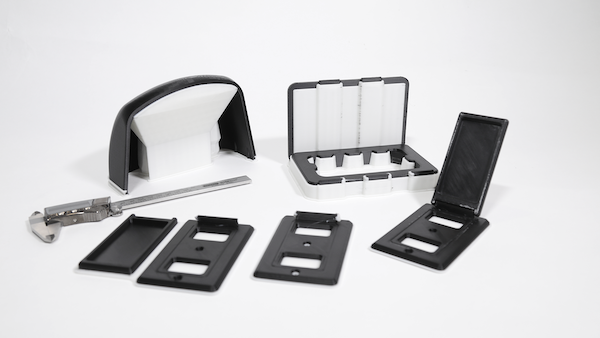
ASA has mechanical properties similar to ABS, but with stronger ultraviolet, long-term heat resistance, which allows it to retain its gloss, color, and properties when exposed to the elements.
More 3D Systems Coverage
More MakerBot Coverage
More Markforged Coverage
Subscribe to our FREE magazine, FREE email newsletters or both!
Latest News
About the Author
Beth Stackpole is a contributing editor to Digital Engineering. Send e-mail about this article to DE-Editors@digitaleng.news.
Follow DE




